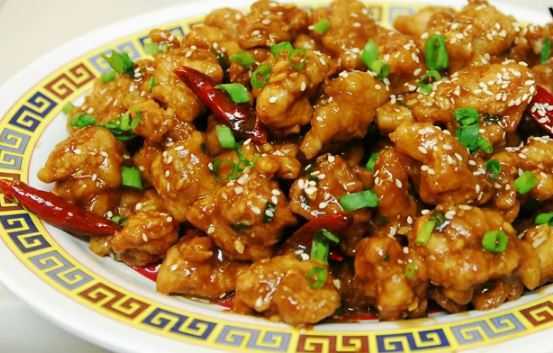 Given the size of China, it’s not unusual for certain regions to develop facets of the culture that are unique to them. The same phenomenon is observable in the U.S., Russia, India, and even right here in Australia. This creates much-needed diversity and identity for certain regions, and nowhere is this more apparent than in the arena of food.
Given the size of China, it’s not unusual for certain regions to develop facets of the culture that are unique to them. The same phenomenon is observable in the U.S., Russia, India, and even right here in Australia. This creates much-needed diversity and identity for certain regions, and nowhere is this more apparent than in the arena of food.
In Chinese cuisine, there’s a collection of styles known as the Eight Great Traditions (八大菜系, Bā Dà Cài Xì). These styles of cooking are the most prevalent in the larger regions of the country. The available ingredients in the area, giving them specific advantages over each other, define the dishes of each tradition.
Modern restaurants, such as Peng You in Newstead, often combine several styles together to take advantage of their strengths. For example, the Anhui style comes from the natives of the Huangshan Mountains is known for its wild herbs and its simple preparation. On the other hand, the use of seafood is prominent in the Cantonese tradition from the Guangdong province.
If a restaurant uses both styles on their menu, they can attract and appeal to a wider audience, as well as provide a more diverse dining experience. But, Asian restaurants aren’t limited to the Eight Great Traditions when it comes to emulating Chinese cuisine. This is because each style has a subdivision that becomes even more specific with both ingredients and method of cooking.
Sampling Asian cuisine is like putting a chemistry set in your mouth because there are just so many possible combinations and mixtures that each restaurant – as well as each chef – has different tastes. Trying a new restaurant always guarantees a new experience, satisfying one of the most important criteria of food – always have something new.

